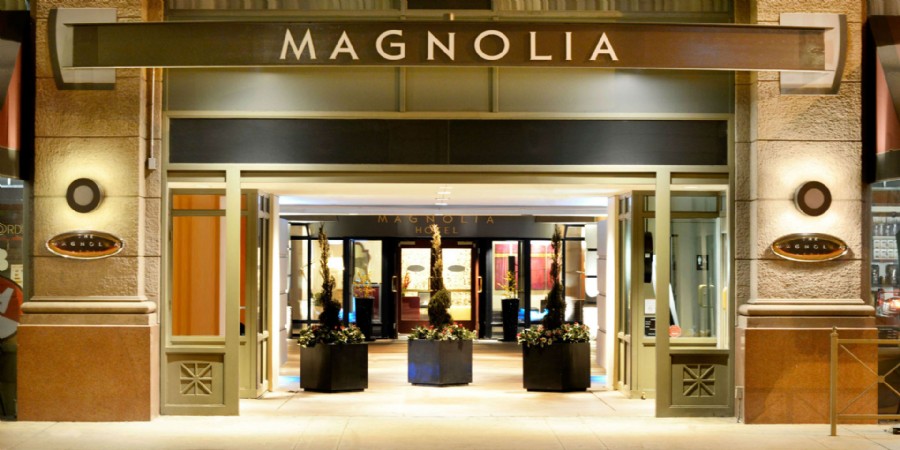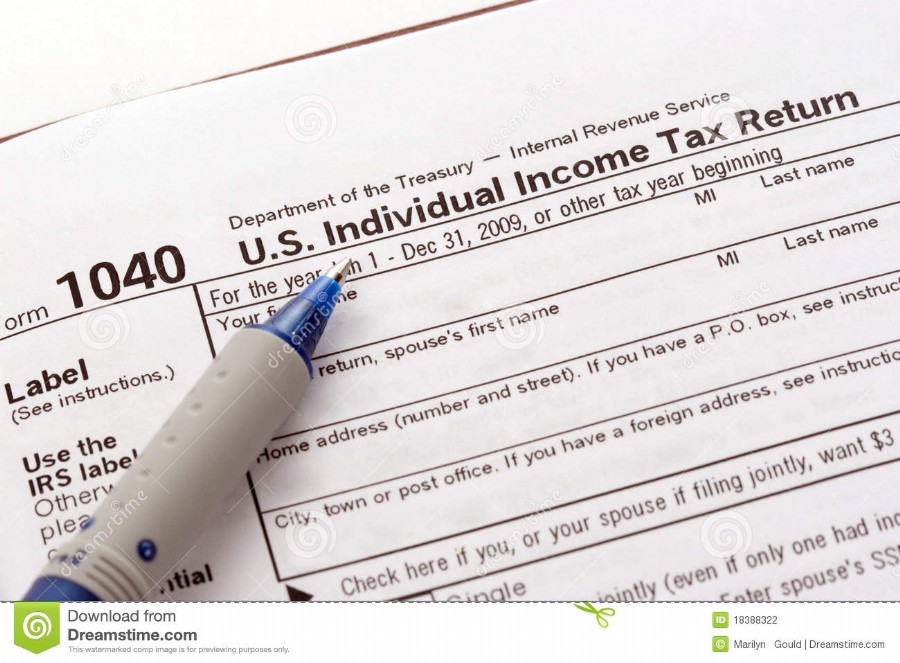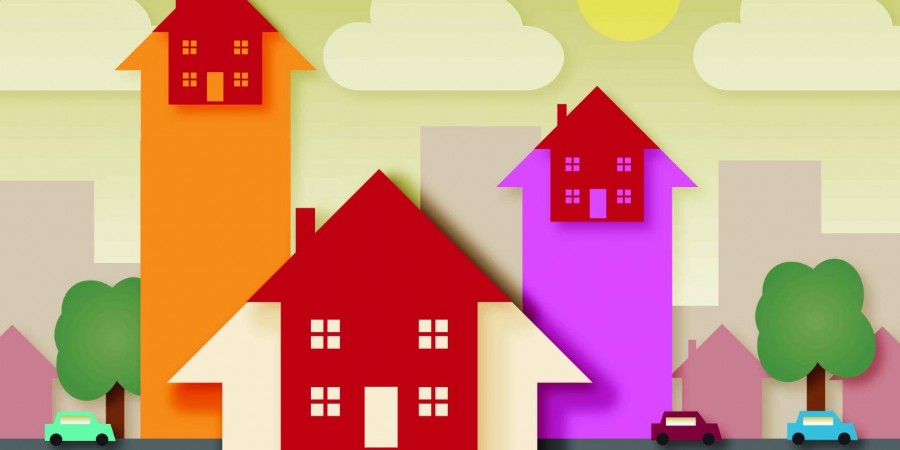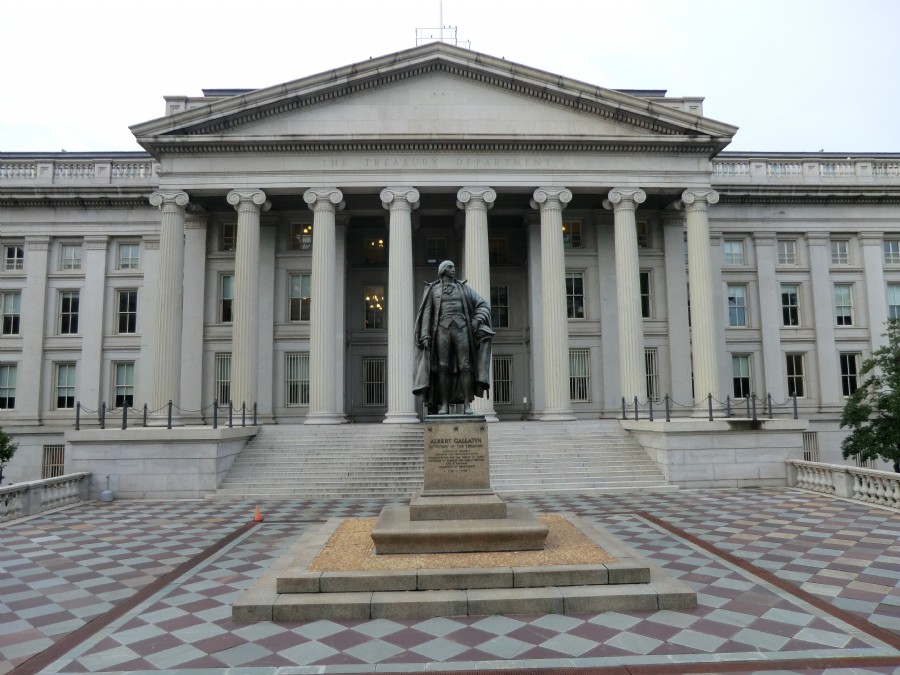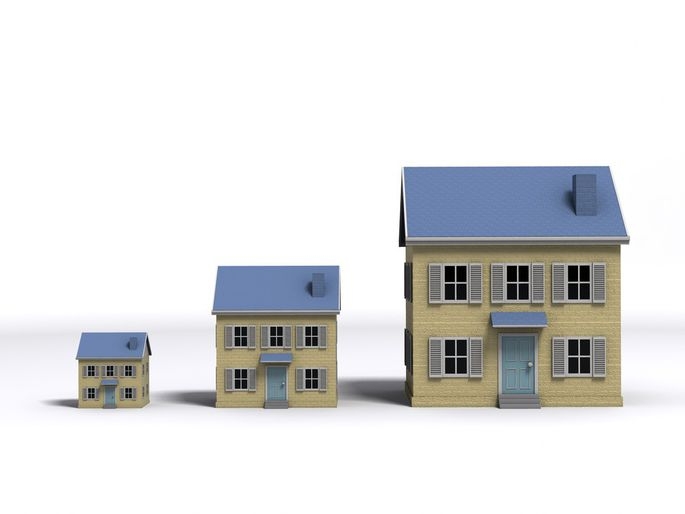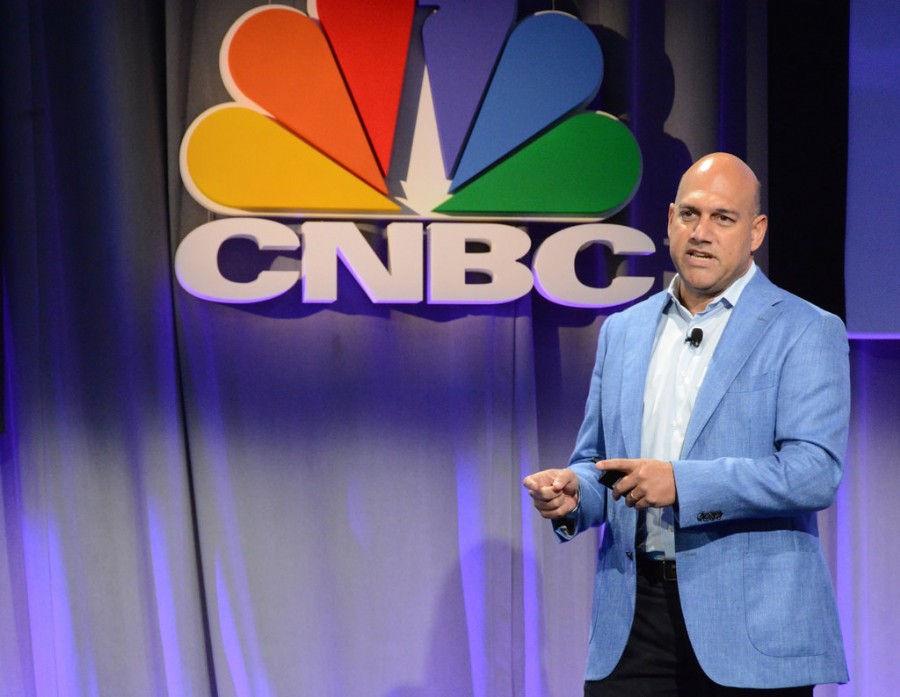U.S. home prices keep climbing as inventories sit at historic lows yet the pace of construction lags. What might stimulate builders is worsening affordability for millennials, and may be persuading baby boomers to stay put. A decade after the crisis, the American housing hangover shows few signs of lifting.
Prices rose 5.8 percent in the 12 months to June and now stand 4.3 percent higher than the pre-crisis peak, according to the S&P CoreLogic Case-Shiller National Home Price index. It’s an impressive recovery from the nation’s worst housing collapse, yet many people are still left out in the cold.
In part that’s because the rebound is uneven. Narrower indexes covering 10 and 20 leading cities, respectively, are still below their 2006 peaks. And some 5 percent of homeowners are underwater on their mortgages, making it difficult for them to move or rebuild their finances.
Moreover, supply and demand remain out of whack. There were 1.9 million existing homes for sale in July, the lowest number for that month since records began in 1999, according to the National Association of Realtors. A demographic shift may be afoot, with retirees choosing to remain in their appreciating homes.
The population meanwhile has grown by about 25 million over the past decade. That implies a need for a million housing units a year, given the average household size of 2.5. Add in the 400,000 homes knocked down annually, according to the Department of Housing and Urban Development, and the need jumps to 1.4 million. Yet builders are on pace to complete fewer than 1.2 million units this year. That would be the most since 1.5 million in 2007, but completions have averaged only 865,000 a year over the past decade.
Experiencing the bust may have made contractors afraid to take advantage of the new boom, or driven many out of business. Low unemployment rates mean workers are hard to find. Lower immigration doesn’t help either.
Rising home values should generate more supply, but may be pricing out millennials. The realtors association’s affordability index has fallen by about a third over the past four-and-a-half years. Demand from first-time buyers has picked up but they still account for only 35 percent of purchases, below the long-term average of 40 percent.
Housing prices may have recovered, but today’s market equilibrium is an unhappy one for many Americans.

